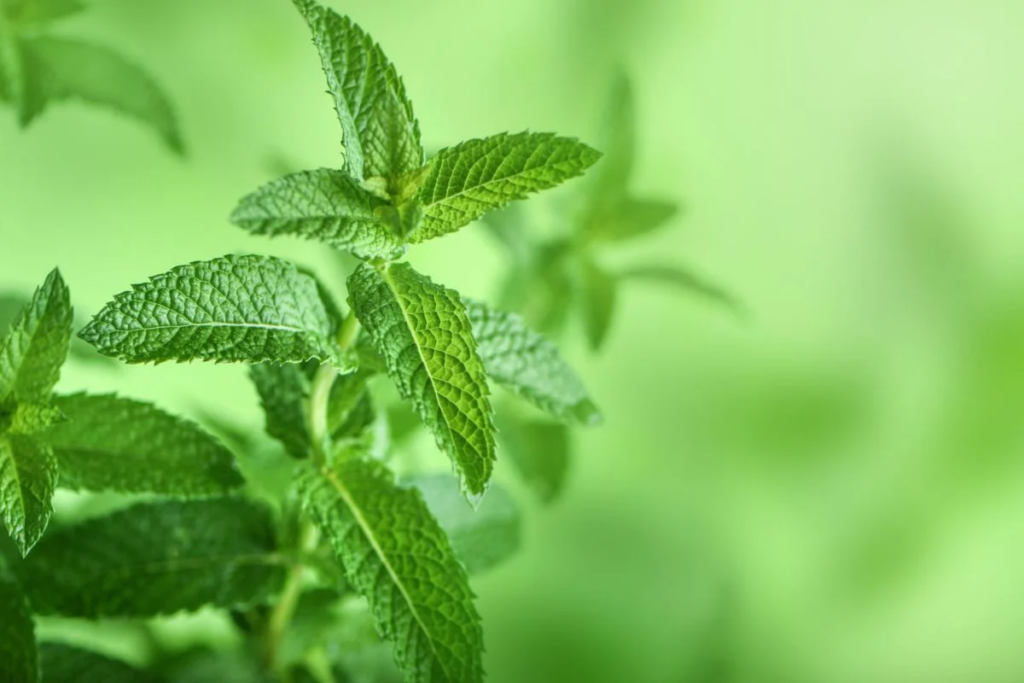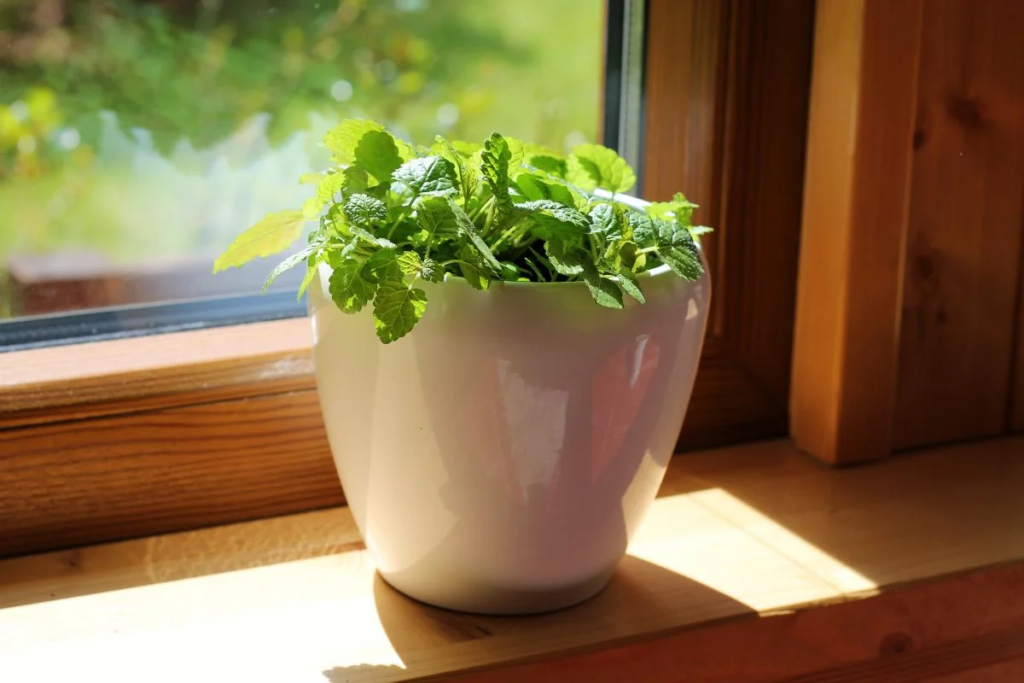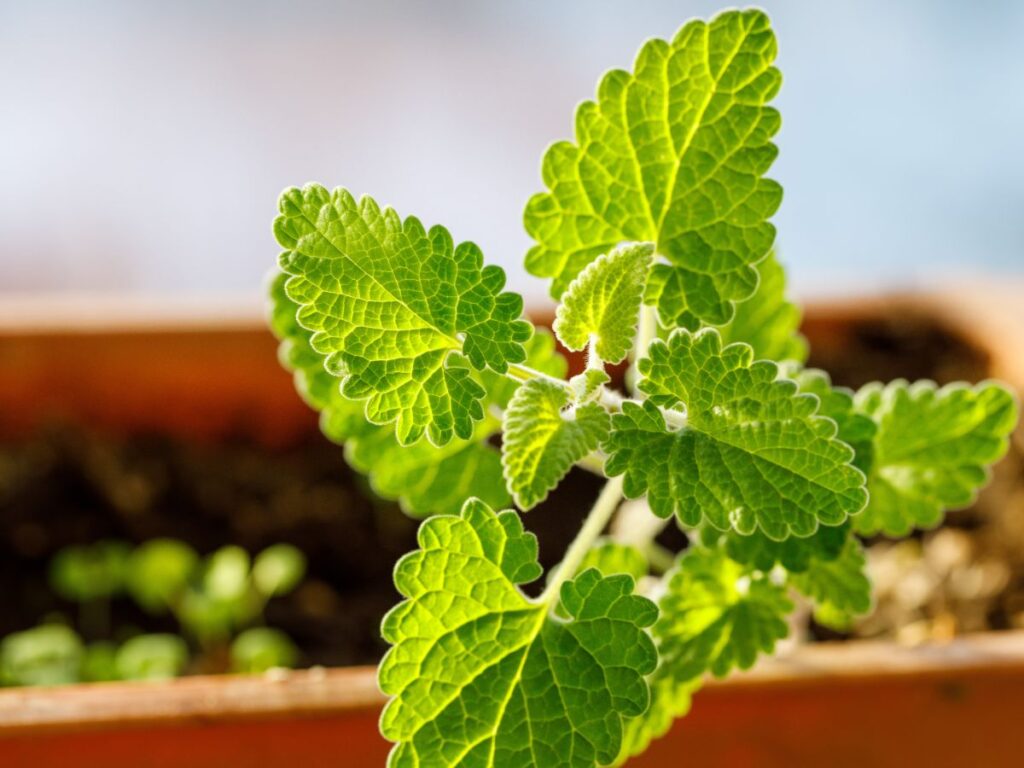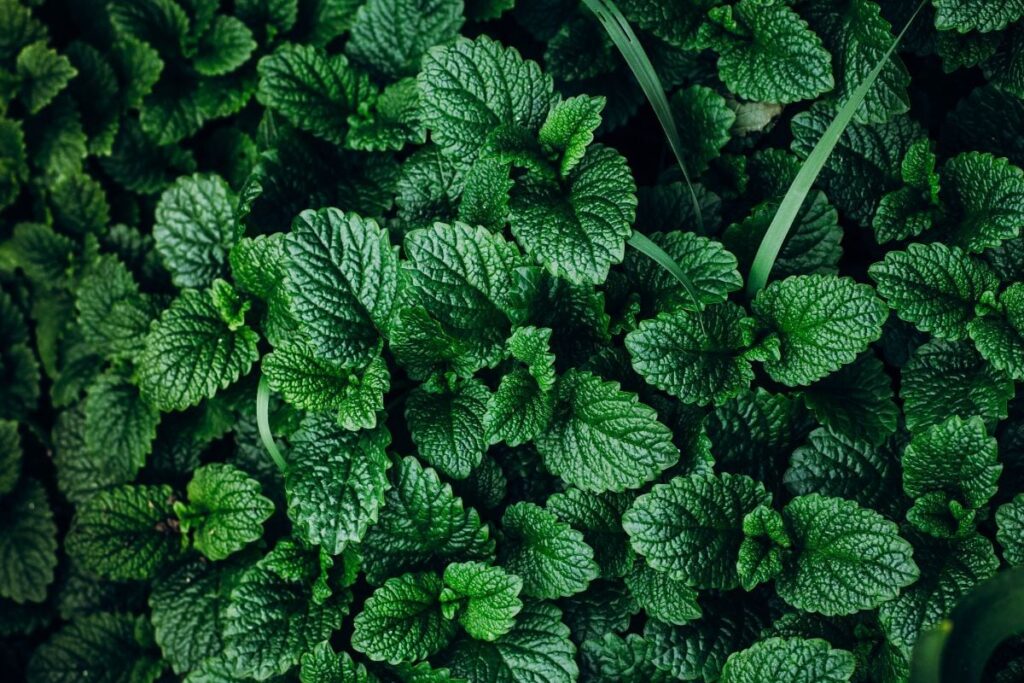Introduction to the Mint Plant
Mint is a beloved herb, cherished for its refreshing aroma and vibrant flavor. Whether it’s in a mojito, a soothing cup of tea, or simply the scent wafting from a fresh sprig, mint brings a burst of freshness to any setting.

Imagine plucking a handful of home-grown mint leaves to garnish a dessert, elevate a cocktail, or steep into a comforting tea. The good news? Growing mint indoors is incredibly easy, making it accessible to anyone, regardless of gardening experience.
Mint belongs to the Mentha genus and the Lamiaceae (mint) family. With anywhere from 13 to 24 recognized species and numerous hybrids, mint plants naturally crossbreed when their growing ranges overlap, creating a fascinating variety of flavors and scents.
In this guide, you’ll learn just how simple it is to grow and care for your own indoor mint plant. But before we dive into the step-by-step process, let’s explore some key details about this wonderful herb.
How to Grow Mint Indoors

Now for the part we’ve all been waiting for—growing mint indoors! Fortunately, mint is one of the easiest herbs to propagate and care for, making it a great choice for beginners and experienced gardeners alike.
You can grow mint indoors either from seeds or cuttings. However, most gardeners prefer using cuttings, as mint seeds can be highly unpredictable, and some varieties produce sterile seeds.
For this reason, we’ll focus on propagating mint through cuttings—a simple and effective method that allows mint to thrive year-round. Here’s what you’ll need to get started:
- Fresh mint cuttings
- Well-draining potting soil
- Deep pots with drainage holes
- Liquid fertilizer
- Clear plastic bags
With these essentials on hand, you’re ready to grow a lush and fragrant indoor mint plant!
Growing and Caring for Indoor Mint
Growing in Soil
Mint isn’t particularly fussy about soil, as long as it drains well. While not required, adding organic matter to potting soil can encourage healthier growth.
Choose a pot that’s at least 10 inches deep, as mint develops deep roots. When first planting your cutting, providing extra warmth and moisture will help it establish. Covering the pot with a clear plastic bag can trap heat and maintain soil moisture, creating the ideal environment for your mint seedling.
Growing in Water
Mint can also thrive in water! Simply place a cutting in a clear glass of water and set it in a sunny window. As long as the water is changed regularly, the mint will continue growing indefinitely.
If you decide to transfer your water-grown mint to soil, expect an explosion of new growth as the roots adjust to their new environment.
Sunlight Requirements
Sunlight is essential for mint plants. They grow best in full sun, but some varieties can tolerate partial shade or indirect light.
For optimal growth, place your mint in a south-facing window that receives 6–8 hours of direct sunlight per day. If natural light is insufficient, use a grow light positioned about 5 inches above the plant. Set a timer for 10 hours per day, adjusting as needed based on the plant’s growth.
Watering
Mint thrives in moist soil, which is why it naturally grows near bodies of water in the wild. However, overwatering can be harmful.
To check if your plant needs water, insert a finger into the soil. If the top two inches feel dry, it’s time to water.
Fertilizing
While not strictly necessary, fertilizing at the beginning of the growing season can support healthy growth. Use a balanced liquid fertilizer for best results.
Harvesting Mint

Mint can be harvested year-round, depending on when it was planted and its growing season.
For the best flavor, harvest before the plant flowers, as flowering diverts energy away from the leaves, altering their taste. Pick larger leaves, leaving smaller ones to continue growing. You can harvest individual leaves or cut entire stalks.
To encourage bushy, full growth, trim back the plant a few times a year. Regular pruning will keep your mint thriving and producing fresh leaves!
What Do Mint Plants Look Like?

While it’s easy to recognize mint at the grocery store, identifying it in the wild can be just as useful!
Growth and Structure
Mint plants spread rapidly underground through stolons, allowing them to grow and expand quickly. Above ground, they can reach heights ranging from 6 to 48 inches, depending on the variety.
Their stems are erect, branching, and square-shaped, with leaves arranged in opposite pairs along the stem.
Leaves and Colors
Mint leaves vary in shape, size, and color based on the species. They can be oblong, ovate, or lanceolate, often with a slightly fuzzy texture due to fine hairs. Most varieties have serrated edges, and their colors can range from dark green to purple, blue, or even yellow.
Flowers and Lifespan
Mint is a perennial herb, meaning it will return year after year under the right growing conditions. During its blooming season, mint produces clusters of white or purple flowers, adding to its visual appeal while attracting pollinators.
How is Mint Used?

Culinary Uses
Mint has a long history in the kitchen, whether used fresh or dried. This versatile herb enhances both sweet and savory dishes.
Common culinary uses include:
- Teas, jellies, and jams
- Candies, ice cream, and chewing gum
- Toothpaste and mouth fresheners
- Cocktails like mojitos and mint juleps
If you’ve never tried fresh mint tea, now’s the time to experience its refreshing flavor!
Medicinal Benefits
Mint contains menthol, the compound responsible for its cooling sensation and distinct aroma. Menthol is also the key component of peppermint essential oil, which is widely used for its health benefits.
Mint is known to:
- Aid digestion and relieve abdominal discomfort
- Provide calming effects in aromatherapy
- Help soothe headaches and congestion
Companion Planting
Mint’s strong fragrance makes it a valuable companion plant in gardens. Its scent helps repel unwanted pests while attracting beneficial insects.
Gardeners often plant mint near cabbages and tomatoes, as it naturally deters pests that commonly target these vegetables.
Notable Mint Varieties

Peppermint (Mentha piperita) – A hybrid between watermint and spearmint, peppermint is one of the most well-known mint varieties. This perennial herb grows between 12 and 35 inches tall and features dark green leaves with striking purple flowers.
Pineapple Mint (Mentha suaveolens) – Also known as apple mint or woolly mint, this variety is loved for its fruity, refreshing aroma. Pineapple mint grows 16 to 39 inches tall and produces light green foliage with delicate white or pale pink flowers. It’s also incredibly easy to grow, making it a great choice for beginners.
Orange Mint (Mentha piperita citrata) – This hybrid mint boasts a delightful citrusy aroma with hints of lavender. A popular culinary herb, orange mint has deep green leaves and light pink flowers.
One well-known cultivar is ‘Chocolate Mint’, which is said to have a scent and flavor reminiscent of an After Eight cookie—a mix of mint and chocolate!
Common Mint (Mentha spicata) – Also called garden mint or lamb mint, this is the variety most commonly found in grocery stores. A perennial herb, it can grow between 12 and 40 inches tall, with soft hairs covering its leaves and stems.
Where Do Mint Plants Come From?
Mint plants are incredibly adaptable and can grow almost anywhere. They are native to Australia, Africa, Asia, Europe, and North America but have since become naturalized in many other regions.
Wild Growth – In the wild, mint thrives in moist environments, often found growing abundantly near lakes, rivers, streams, and ponds. Its preference for damp soil makes it easy to spot in areas with consistent moisture.
Invasiveness – While mint is a fantastic herb to grow, it can become highly invasive if left unchecked. It spreads rapidly through underground rhizomes and by self-seeding, quickly taking over garden spaces.
Before planting mint outdoors, research whether it’s considered invasive in your area. If you’re growing mint indoors, there’s no need to worry about it spreading!


